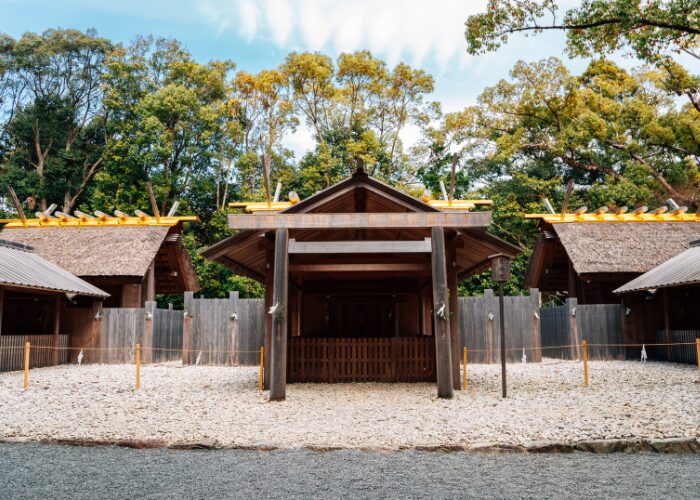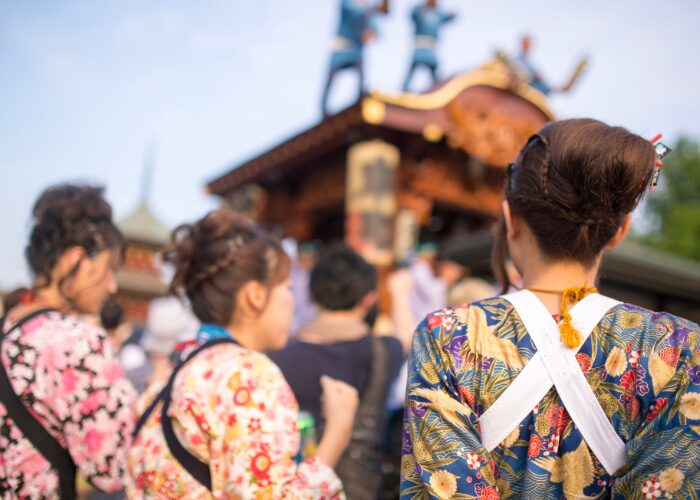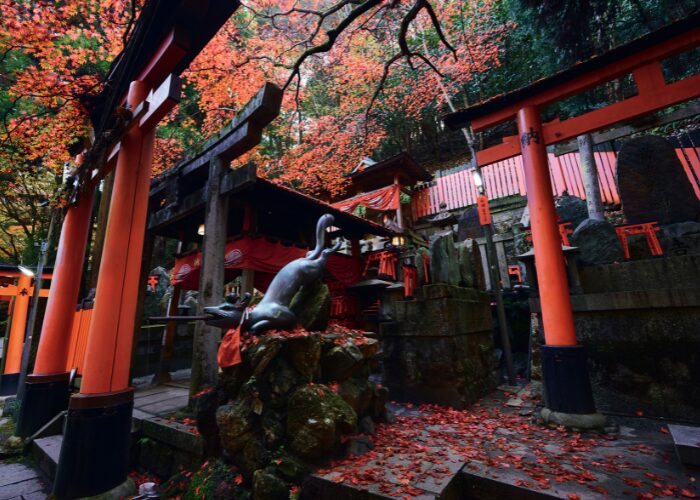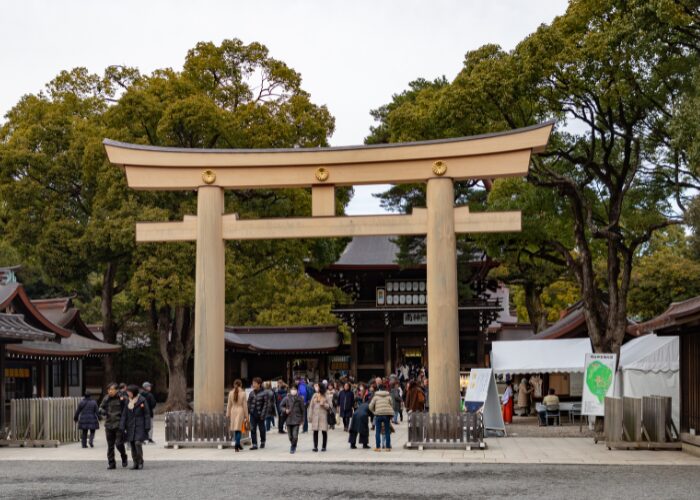
Shinto is an indigenous religion of Japan, characterized by a focus on ritual practices and beliefs centered around kami (神), which are spirits or deities associated with natural phenomena, objects, and ancestors. Here are some key aspects of Shinto:
- Kami: Central to Shinto beliefs are kami, which can be elements of the landscape, forces of nature, as well as spirits of ancestors. Kami are not gods in the Western sense but rather spiritual presences.
- Shrines: Shinto worship often takes place at shrines, which are considered the dwelling places of kami. People visit shrines to pray, make offerings, and participate in rituals.
- Rituals and Practices: Shinto involves various rituals, including purification rites, offerings, dances, and festivals (matsuri). Purification (harae) is a significant aspect, meant to cleanse oneself from impurities.
- Nature and Ancestors: Shinto has a strong connection with nature and reverence for ancestors. Many rituals are tied to agricultural cycles and natural events.
- Festivals (Matsuri): Shinto festivals are important cultural events in Japan, involving processions, performances, and communal activities. They often celebrate seasonal changes, agricultural cycles, and historical events.
- Syncretism: Shinto coexists with Buddhism in Japan, and many people practice elements of both religions. This syncretism allows for a rich tapestry of religious beliefs and practices.

Shinto does not have a founder, sacred texts, or a centralized religious authority. It is deeply embedded in Japanese culture and society, influencing various aspects of daily life, traditions, and values.

Shinto and the Japanese emperor
The relationship between Shinto and the Japanese emperor is historically significant and intricate. Here are some key points that highlight this relationship:
- Divine Ancestry: According to Shinto mythology, the Japanese emperor is considered a descendant of the sun goddess Amaterasu, one of the principal kami. This divine lineage is a cornerstone of the emperor’s authority and legitimacy.
- Ritual Role: The emperor has traditionally played a central role in Shinto rituals. These include ceremonies to ensure the prosperity and protection of the nation, such as the annual rice-planting ceremony and rites performed at key festivals.
- State Shinto: During the Meiji Restoration in the late 19th century, Shinto was institutionalized as the state religion, and the emperor was positioned as the high priest of Shinto. This period saw the integration of Shinto practices into state functions and education, reinforcing the emperor’s divine status.
- Emperor Worship: State Shinto also involved the veneration of the emperor as a living deity. This practice was particularly emphasized during the early 20th century and World War II, where the emperor was seen as a symbol of national unity and divine protection.
- Post-War Changes: After World War II, the Allied Occupation authorities abolished State Shinto, and the emperor’s status as a deity was renounced. The 1947 Constitution redefined the emperor as the “symbol of the State and of the unity of the people,” with no governing powers. The emperor’s role in Shinto rituals became more symbolic and less politically significant.
- Contemporary Role: Today, the emperor continues to perform Shinto rituals, particularly those that are part of the imperial household’s traditions. These rituals are important cultural and religious events, maintaining the historical and spiritual connection between Shinto and the imperial family.

This relationship underscores the deep historical and cultural ties between Shinto and the Japanese imperial institution, reflecting the integration of religious and state functions over centuries.




Leave a Reply